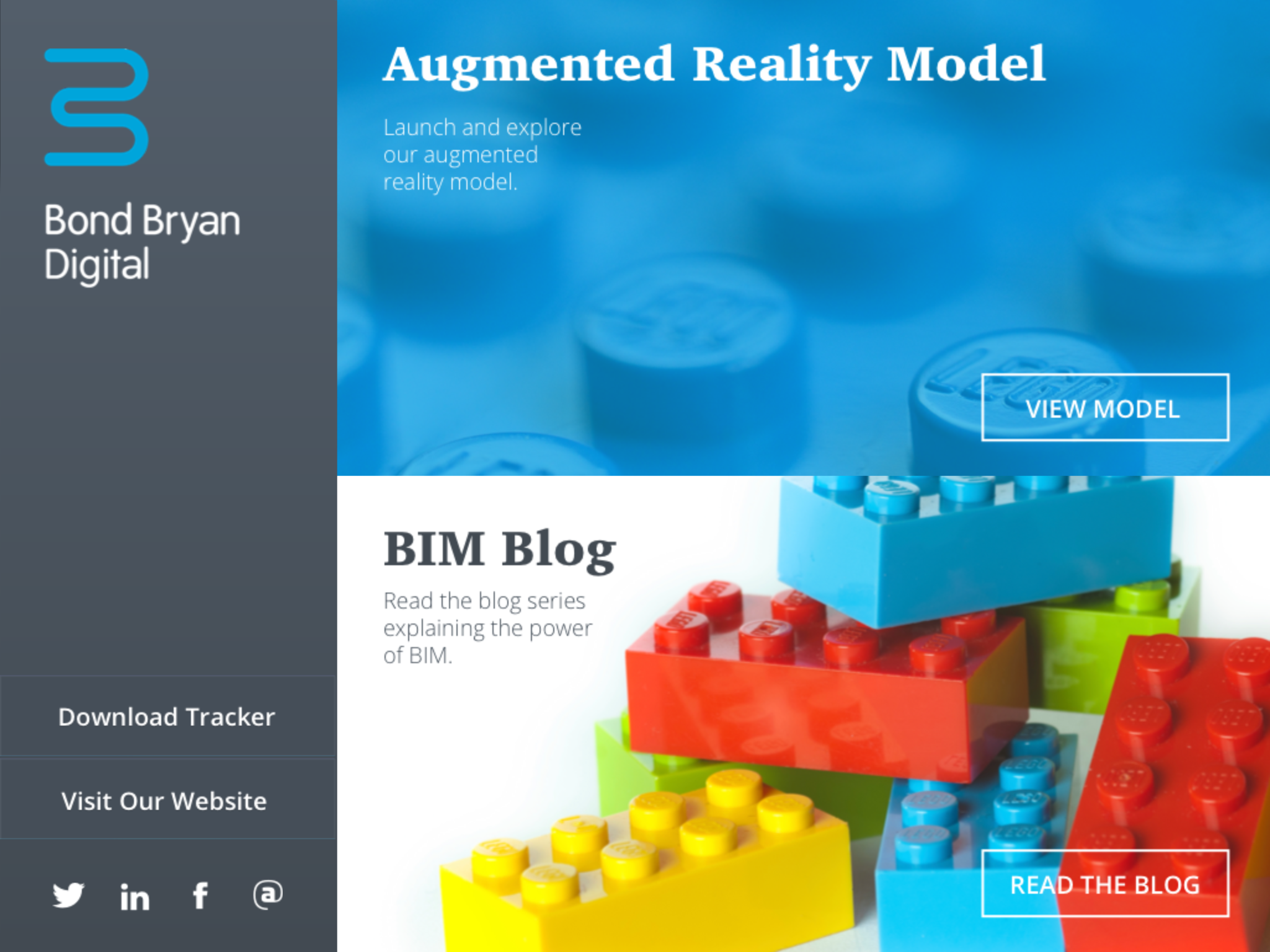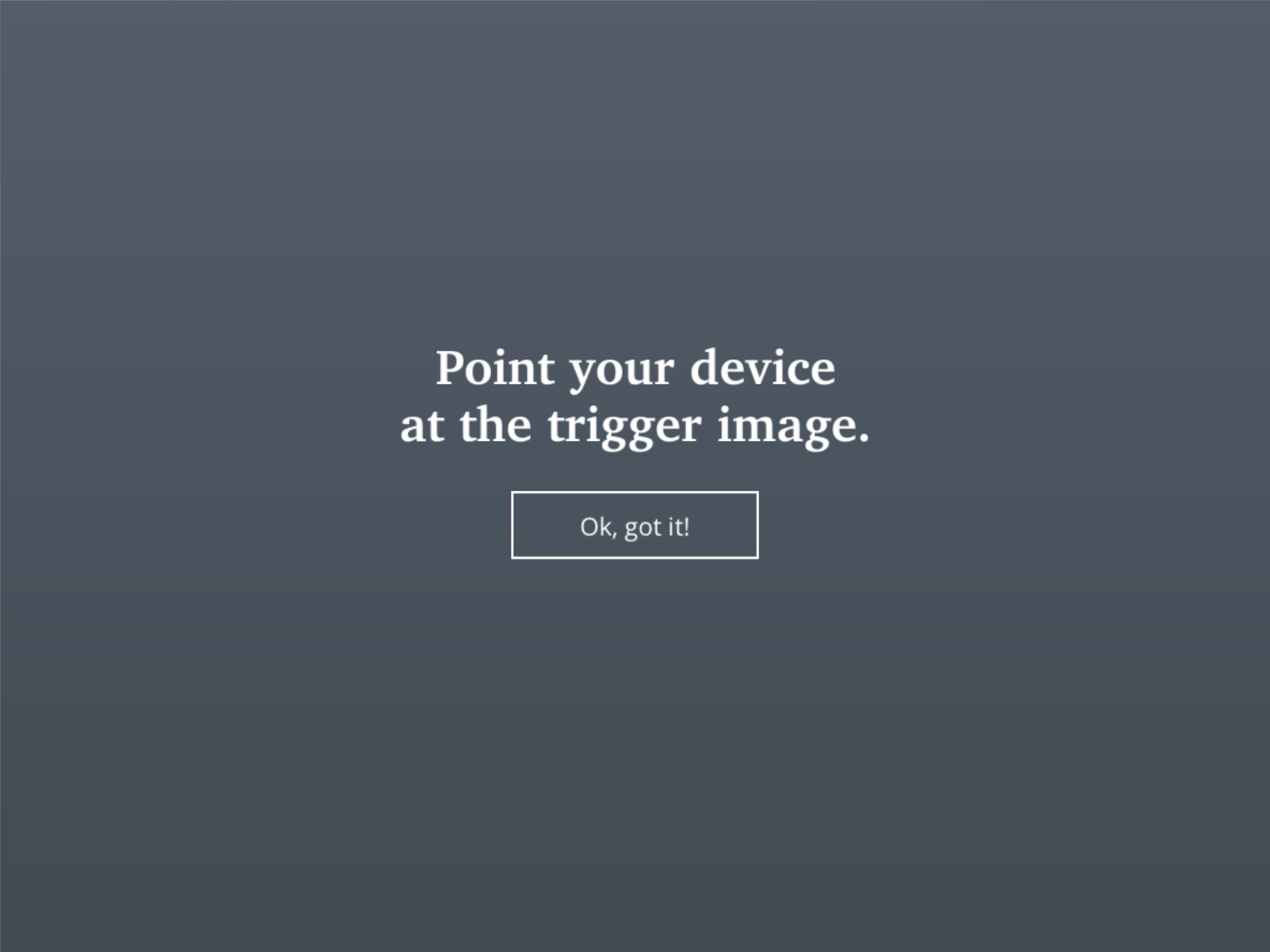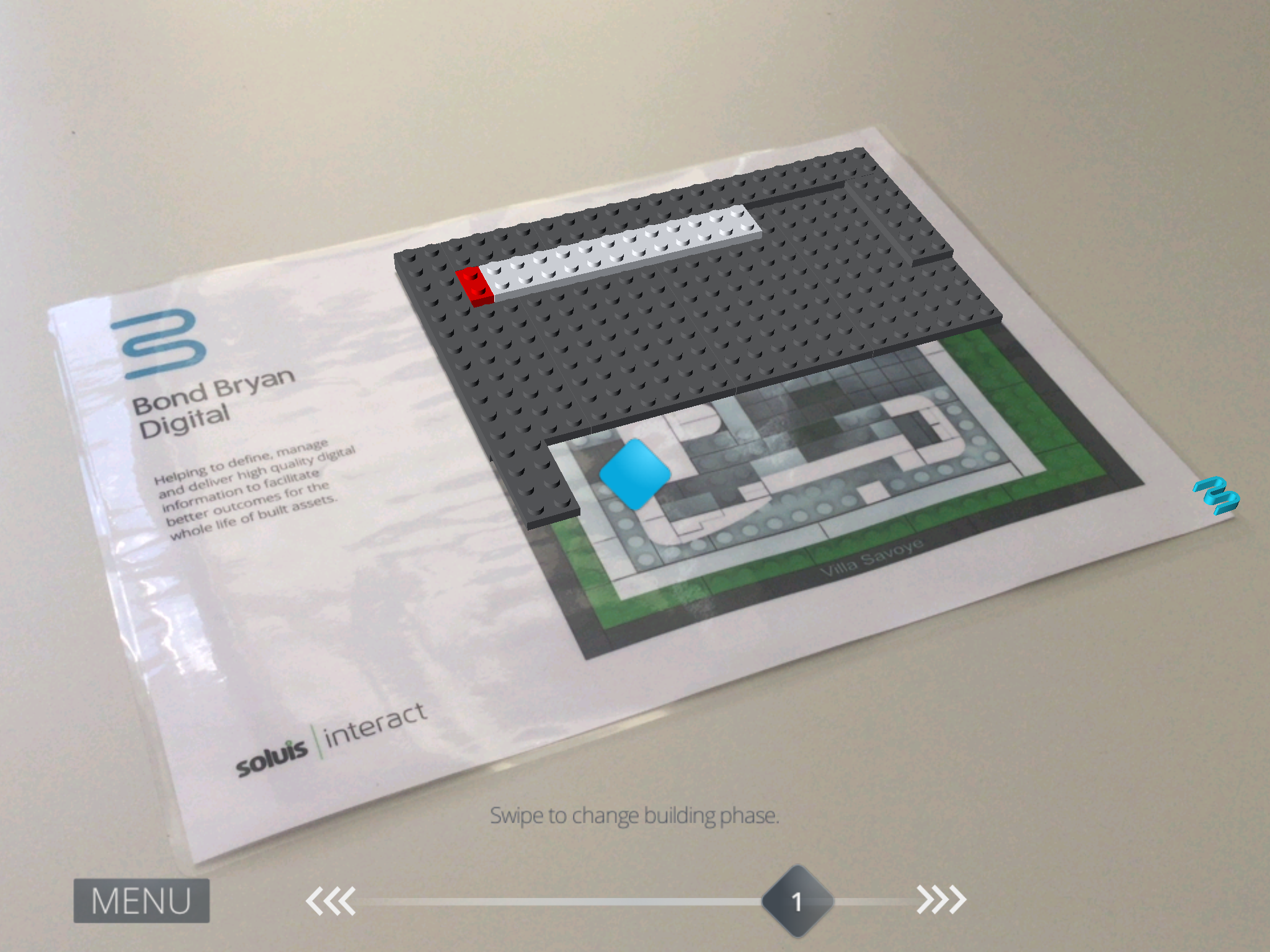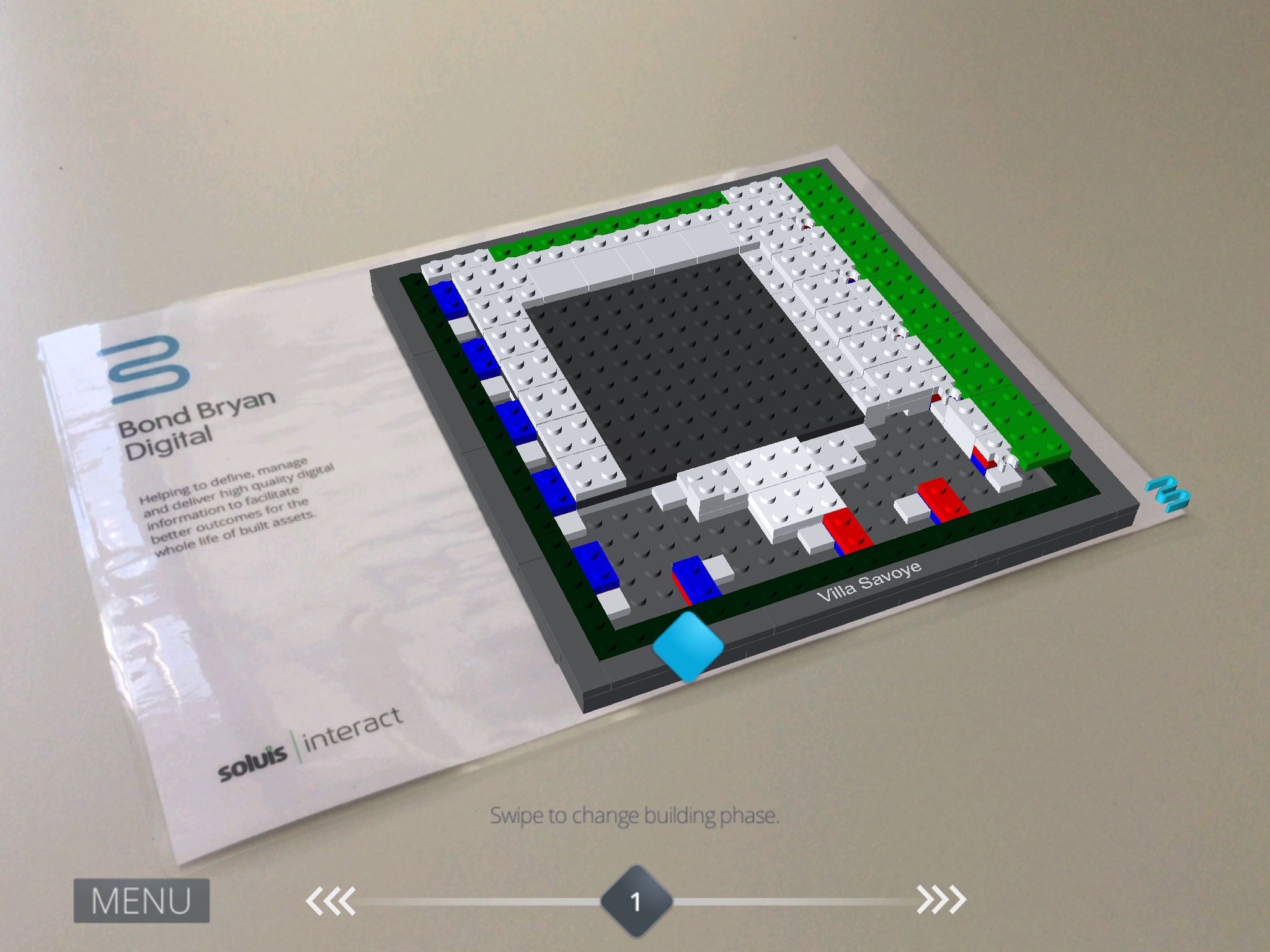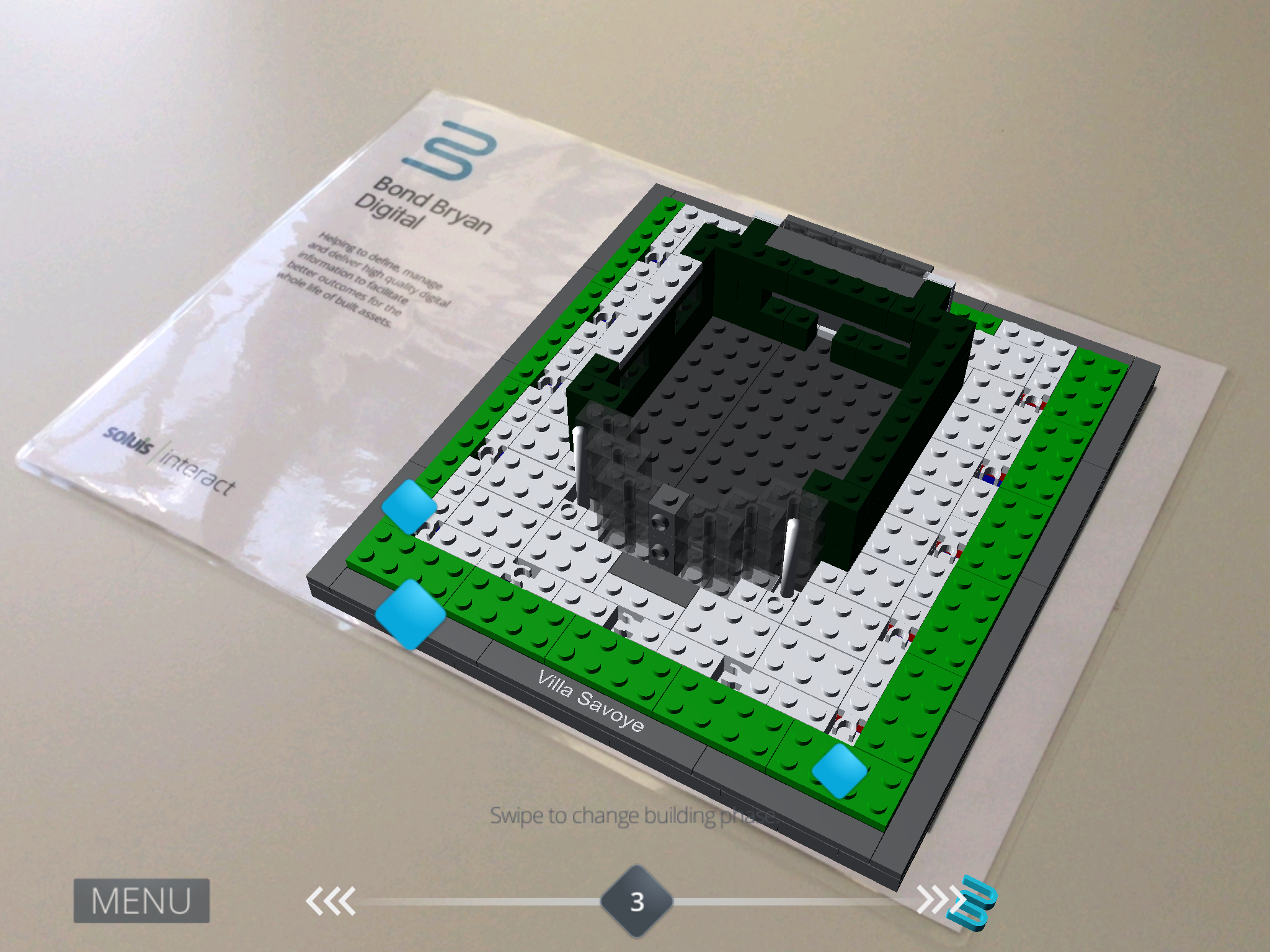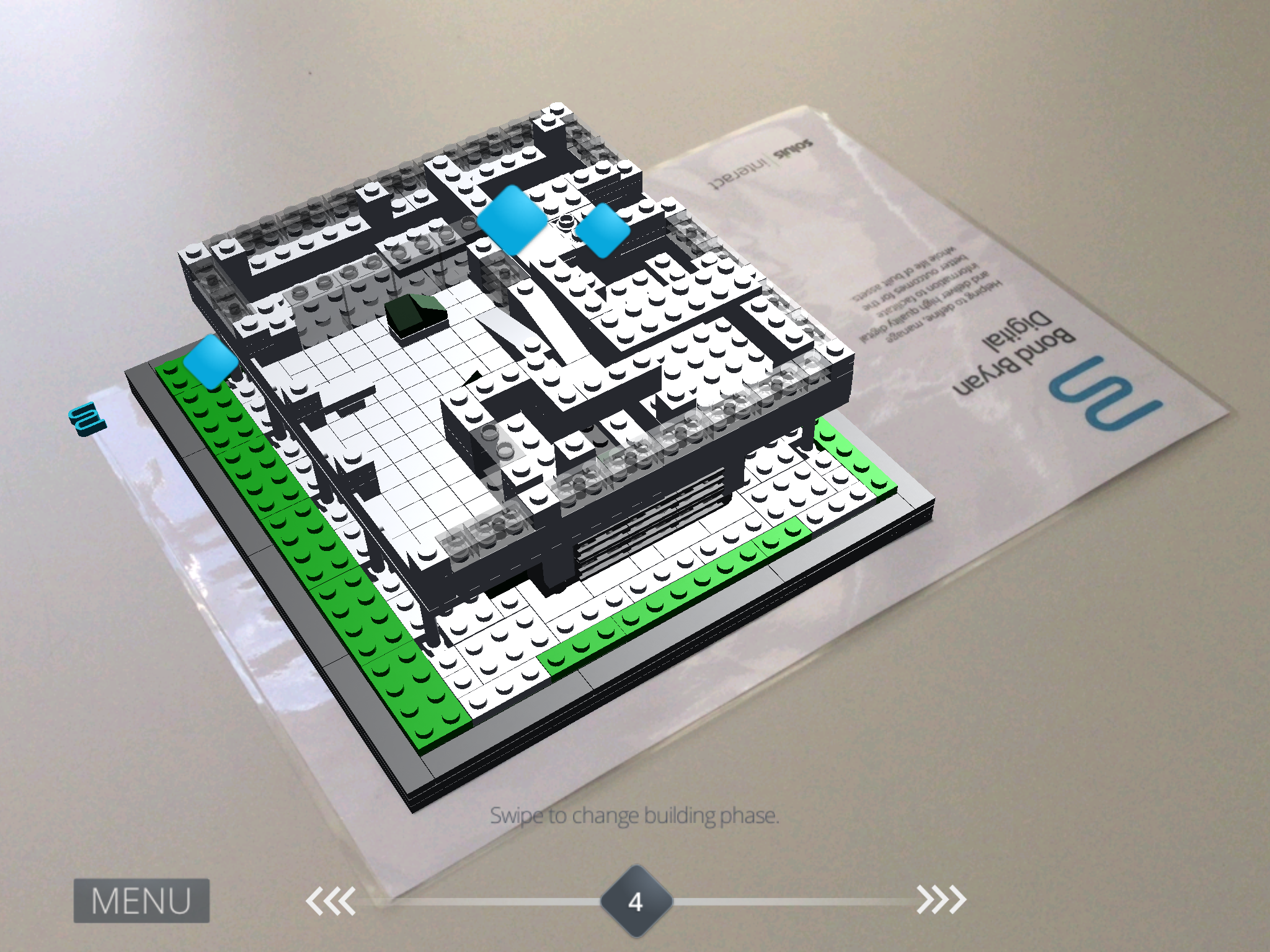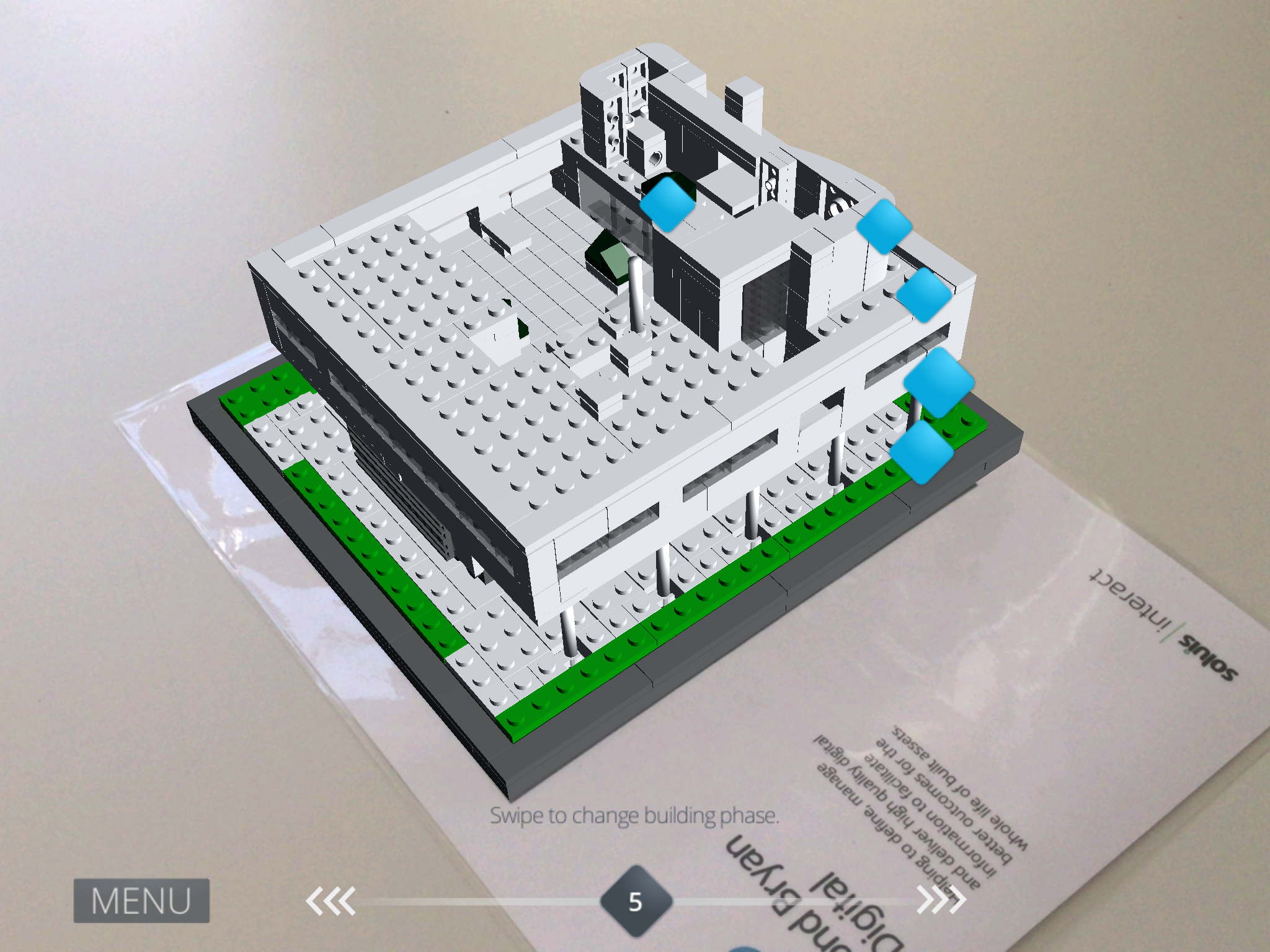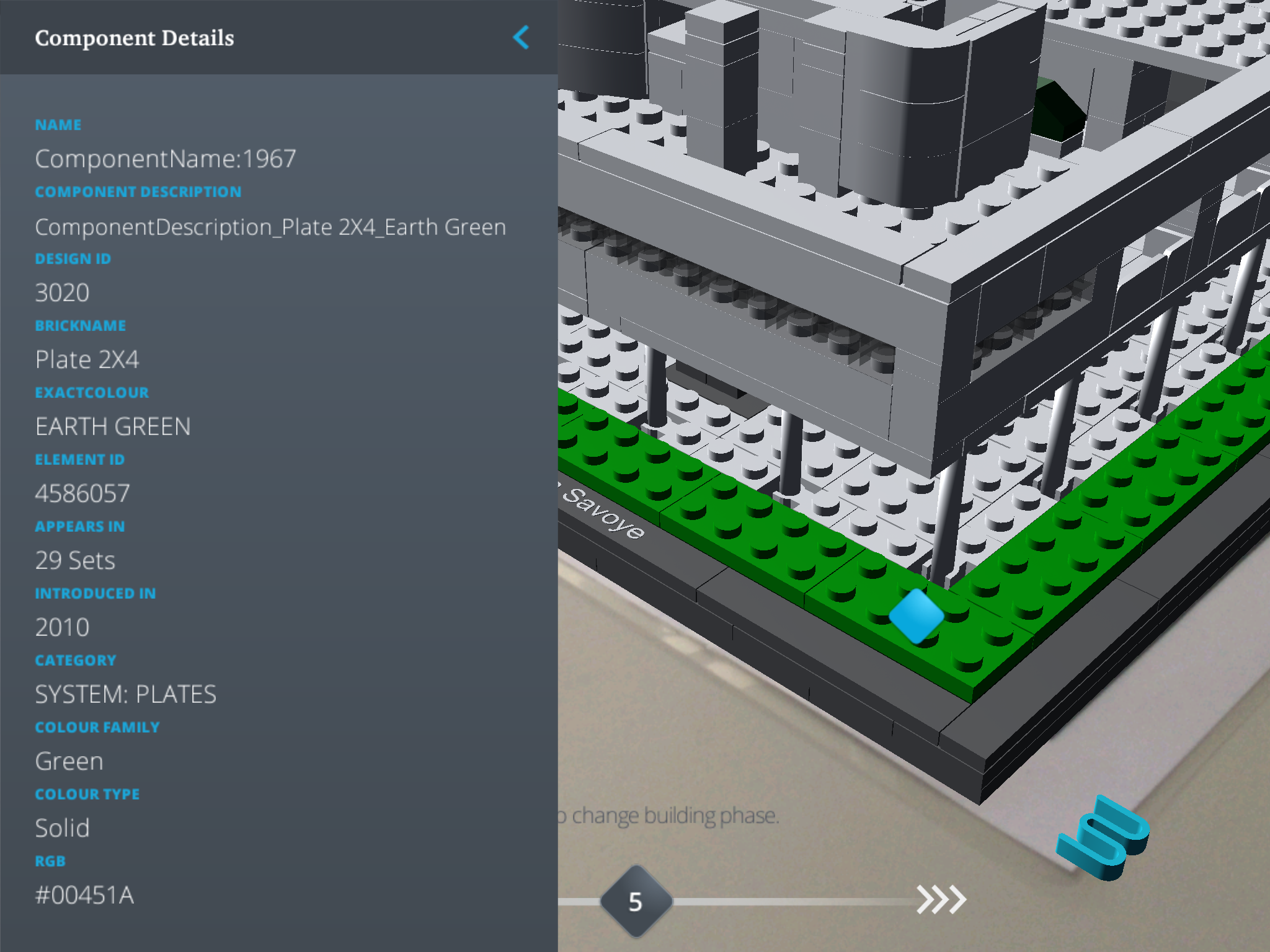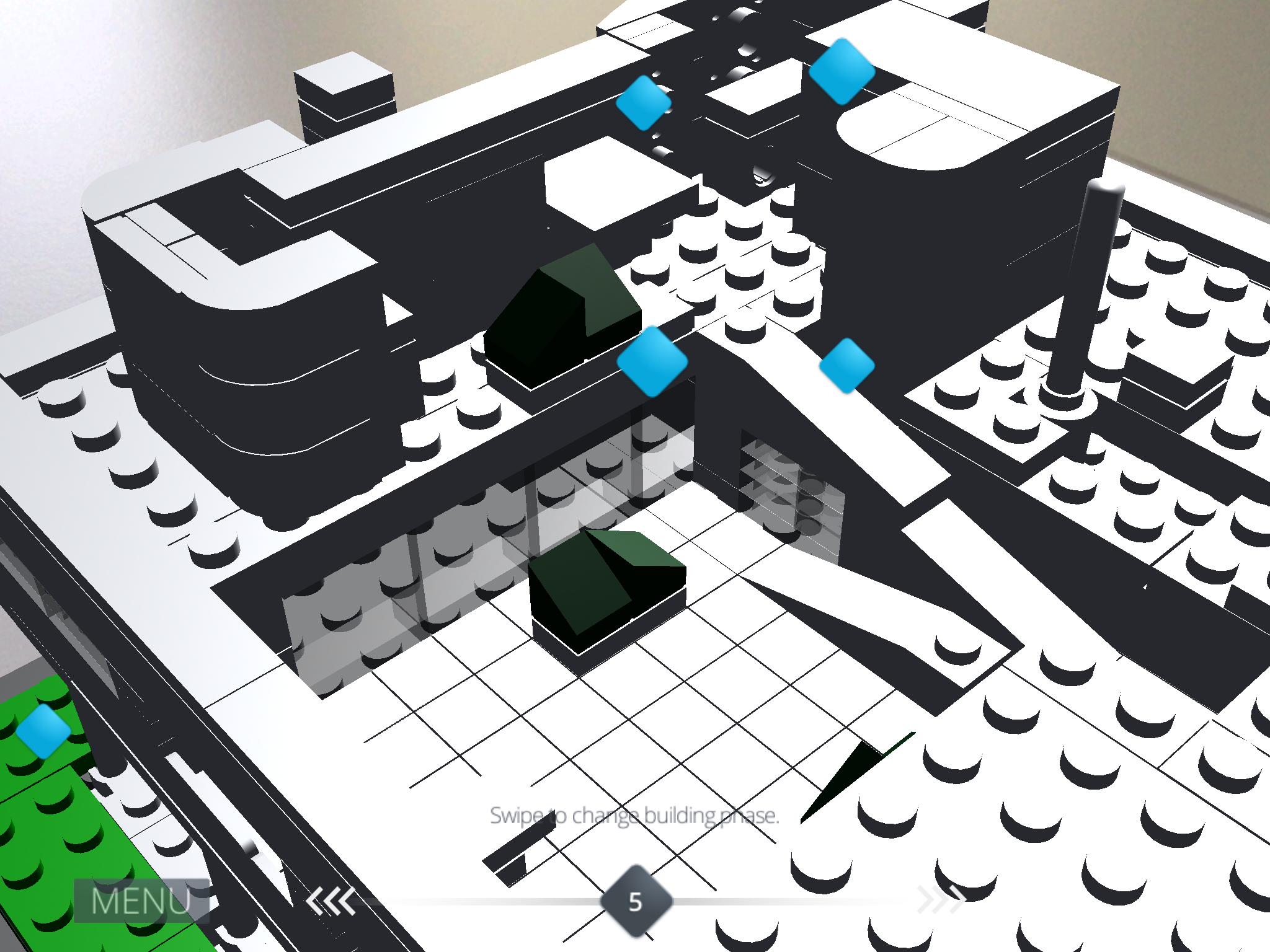LEGO Architecture meets BIM – Part 08: Augmented Reality
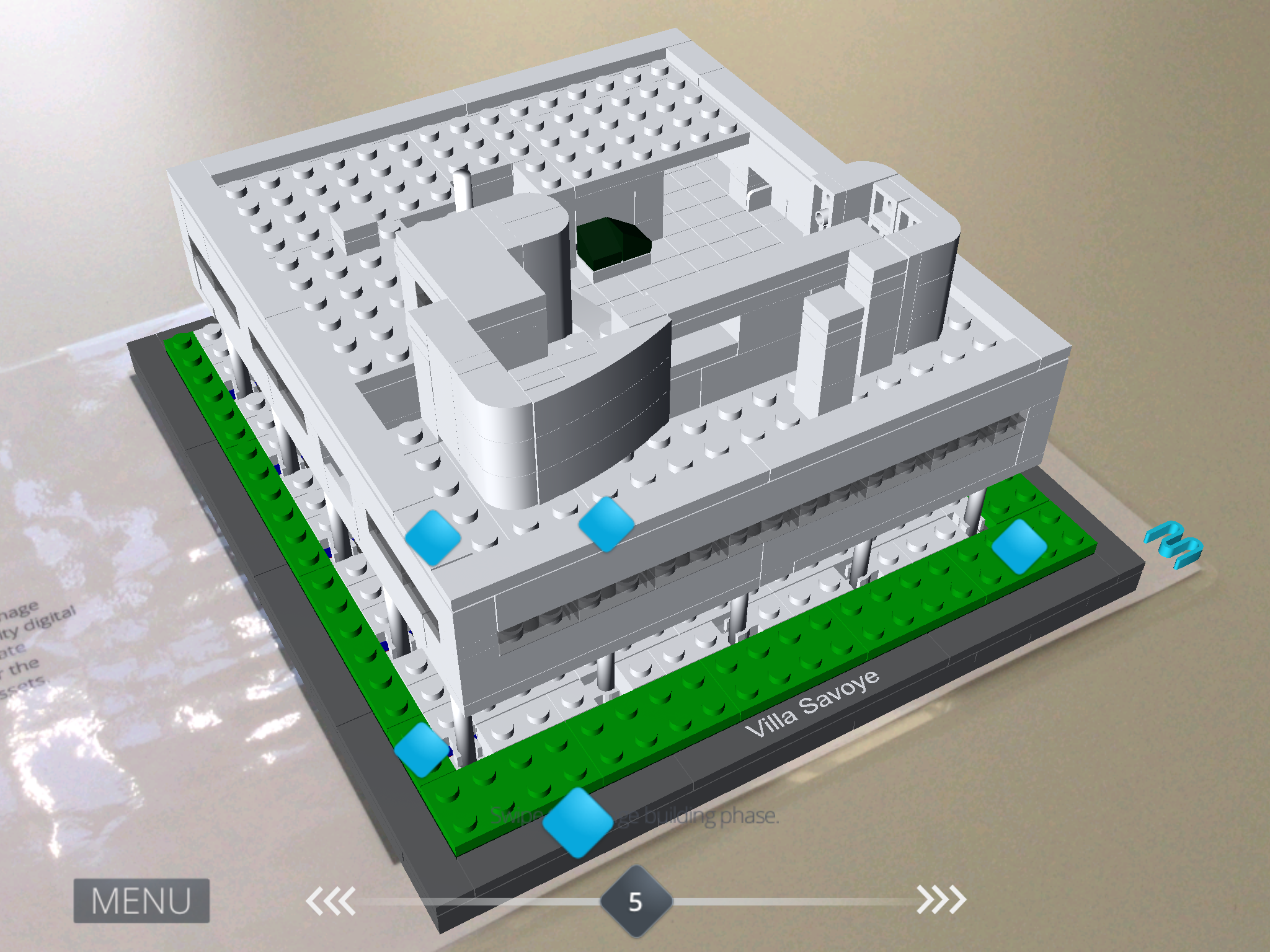
Introduction
In the last post on this series on LEGO Architecture meets BIM we looked at how information can be displayed on drawings. In this post we look at how we can use Augmented Reality (AR for short) to view both the geometry of the model and also data.
Wikipedia explains that Augmented Reality “is a live direct or indirect view of a physical, real-world environment whose elements are augmented (or supplemented) by computer-generated sensory input such as sound, video, graphics or GPS data”. You will see from our example that the augmented reality displays the LEGO model directly on an iPad generated directly from a printed graphic.
Creating the App
In order to create this post we had assistance from Soluis Interact to create an Augmented Reality App which is available from the Apple App Store for Apple iPads.
The process involved working collaboratively to determine what was required, when it was required and agree the design and feel of the App.
The model was exported directly from GRAPHISOFT ARCHICAD as a series of .3DS files, one for each step of the sequence. We also provided Soluis with the data requirements for 5 pieces of the LEGO set.
The final look and functionality for an Augmented Reality App are totally flexible and we could for example have used the model to look at different colour options or even completely different design options. So what you see is just an example of how Augmented Reality can be used to share a model with others not the only way it can be used.
More information about Soluis is available at the bottom of this page.
LEGO Architecture meets Augmented Reality
Once you have downloaded the App and launched you will see the following screen below.
You can get to the trigger image, launch the model, connect to the entire blogs series on LEGO Architecture meets BIM or find our social media and email contact details.
Image: The App’s main screen (click to enlarge)
Selecting ‘View Model’ will launch the trigger screen below. You need to make sure you have printed out the trigger image first. Once you have this just point your device at the image.
Image: The trigger screen (click to enlarge)
The model should now be visible if you point your device at the printed image. Initially you will only see a small part of the model. This initial step shows a few steps into the building of the LEGO model. The slider at the bottom of the App allows you to move through the build sequence. Simply swipe right to left to see the following steps.
Also remember that you can either move around the trigger image or rotate the printed image to see any angle of the model.
Image: The model displayed when first triggering (click to enlarge)
Image: Going from Step 1 to Step 2 (click to enlarge)
Image: Step 3 of the construction sequence (click to enlarge)
Image: Step 4 of the construction sequence (click to enlarge)
Image: The complete model (click to enlarge)
The App also contains a number of blue diamonds floating at various points. These diamonds are further triggers to display information about 5 example LEGO pieces. By clicking on any of the 5 diamonds you will see some selected data about each component. This isn’t all the data for each piece but a small sample to show how the data can be viewed in an Augmented Reality App.
Image: Data for component 1967 (click to enlarge)
Image: By moving your device closer to the model you can see more detail (click to enlarge)
Image: The full model at completion of the ‘construction sequence’ with the 5 data triggers (click to enlarge)
Conclusion
Augmented Reality offers another opportunity to use a Building Information Model to communicate design as well as information to clients and other stakeholders. Its probably fair to say that there is a time and a place for using Augmented Reality but its definitely another tool in the armoury for those choosing to adopt BIM workflows.
Rob Jackson, Associate Director, Bond Bryan Digital
About Soluis

Founded in 2000, Soluis have established a reputation for flexibility, innovation and quality in delivering exceptional service that helps their clients to connect more effectively with clients and project partners.
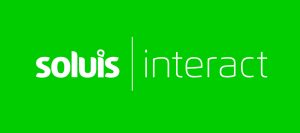
Soluis Interact deploy a depth of expertise to generate high quality virtual environments and interactive models based on cutting-edge gaming technology that enables unparalleled levels of stakeholder engagement.
Our methodology ensures that we can accept a variety of familiar industry inputs and model formats, and our production process is closely aligned with our studio operation, which ensures that the visual quality of the output is held to the same high standard expected in other forms of digital media.
Check out some of Soluis’s latest examples of work at https://vimeo.com/soluisgroup or get in touch using info@soluis.com.
Soluis Website | Soluis Group Facebook | Soluis Group LinkedIn
Soluis Interact Twitter | Soluis Studios Twitter
Special thanks to Scott Grant, Dean Gray, Ben Mackinnon and Paul Travers at Soluis for helping develop, design and publish the App.
Terms and conditions
All content provided on this blog is for informational purposes only. The owner of this blog makes no representations as to the accuracy or completeness of any information on this site or found by following any link on this site. Bond Bryan will not be liable for any errors or omissions in this information nor for the availability of this information. Bond Bryan will not be liable for any losses, injuries, or damages from the display or use of this information.
We are happy for others to share our blog pieces through all social media platforms. You may include links to the original blog pieces and use part of the blog to then provide a link to the original content. However we would appreciate it if the content is not reproduced in full on other sites or publications without written consent being granted by Bond Bryan.
This policy is subject to change at any time.
LEGO and the Lego logo are trademarks of the LEGO Group. Any trademarks, service marks, product names, corporate names or named features are assumed to be the property of their respective owners, and are used only for reference, without intent to infringe.
Soluis, Soluis Interact, the Soluis Logo and the Soluis Interact logo are trademarks of the Soluis Group. Any trademarks, service marks, product names, corporate names or named features are assumed to be the property of their respective owners, and are used only for reference, without intent to infringe.





